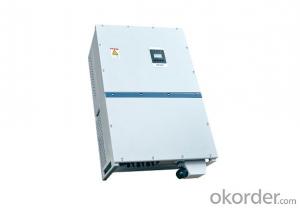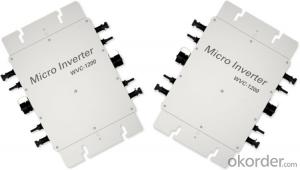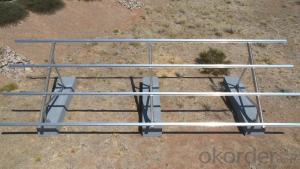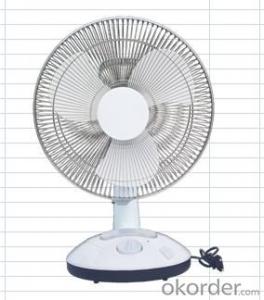Tesla Solar Inverter
Tesla Solar Inverter Related Searches
Tesla Inverter Solar Tesla Solar Power Inverter Tesla Solar Panel Inverter Tesla Hybrid Solar Inverter Tesla Solar Micro Inverter Tesla Solar Roof Inverter Tesla Solar Inverter Price Tesla Solar Inverter Specs Tesla Solar Inverter Cost Inverter Solar Solar Solar Inverter Tesla Solar Inverter Pakistan Solaris Solar Inverter Tesla Solar Inverter App Solar Electric Inverter Inverter Solar Cell Solar Energy Inverter Solar System Inverter Tesla Solar Inverter 5kw Tata Solar Inverter Solar Tech Inverter Tesla Solar Inverter Warranty Galaxy Solar Inverter Power Inverter Solar Sun Solar Inverter Eltek Solar Inverter Solar Battery Inverter Power Solar Inverter Solar Inverter Inverter Battery Inverter SolarTesla Solar Inverter Supplier & Manufacturer from China
Tesla Solar Inverter is a cutting-edge product designed to optimize the efficiency of solar energy systems. It plays a crucial role in converting the direct current (DC) generated by solar panels into alternating current (AC), which can be utilized by homes and businesses. This advanced technology ensures that the energy generated by solar panels is effectively utilized, reducing reliance on traditional energy sources and promoting sustainability.The Tesla Solar Inverter is widely used in various applications, including residential, commercial, and utility-scale solar installations. It is particularly beneficial in areas with high solar potential, where maximizing energy output is essential. By integrating seamlessly with solar panels, the inverter helps to streamline the energy conversion process, making it a valuable component in any solar power system. This product is also designed to withstand various environmental conditions, ensuring reliable performance over time.
Okorder.com is a reputable wholesale supplier of the Tesla Solar Inverter, boasting a large inventory to cater to the diverse needs of customers. By partnering with Okorder.com, customers can access high-quality Tesla Solar Inverters at competitive prices, ensuring that their solar energy systems are equipped with the best possible technology. This partnership also provides customers with access to expert support and guidance, ensuring that their solar energy systems are installed and maintained correctly for optimal performance.
Hot Products



















































